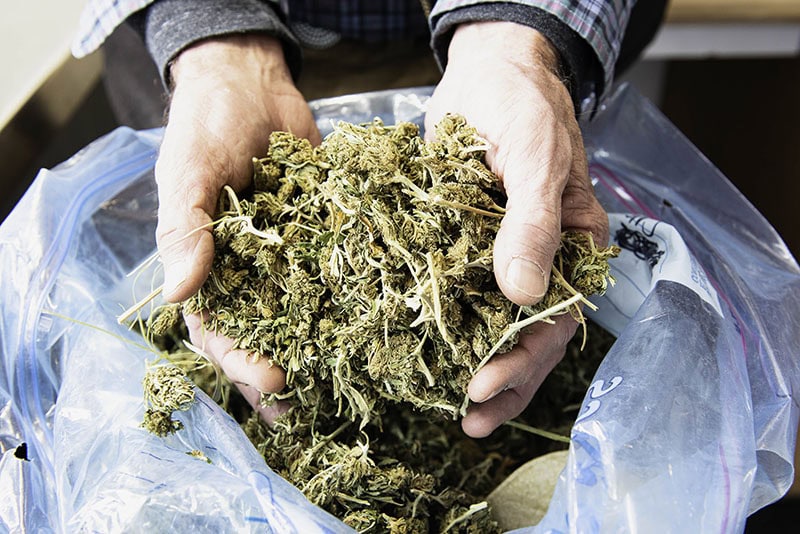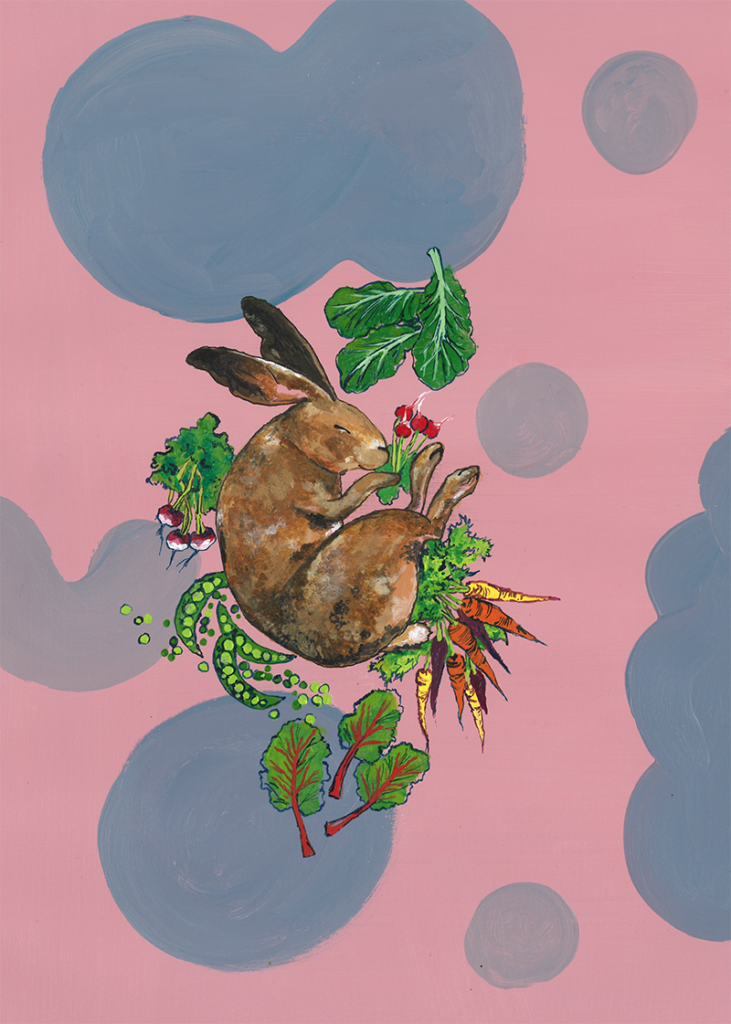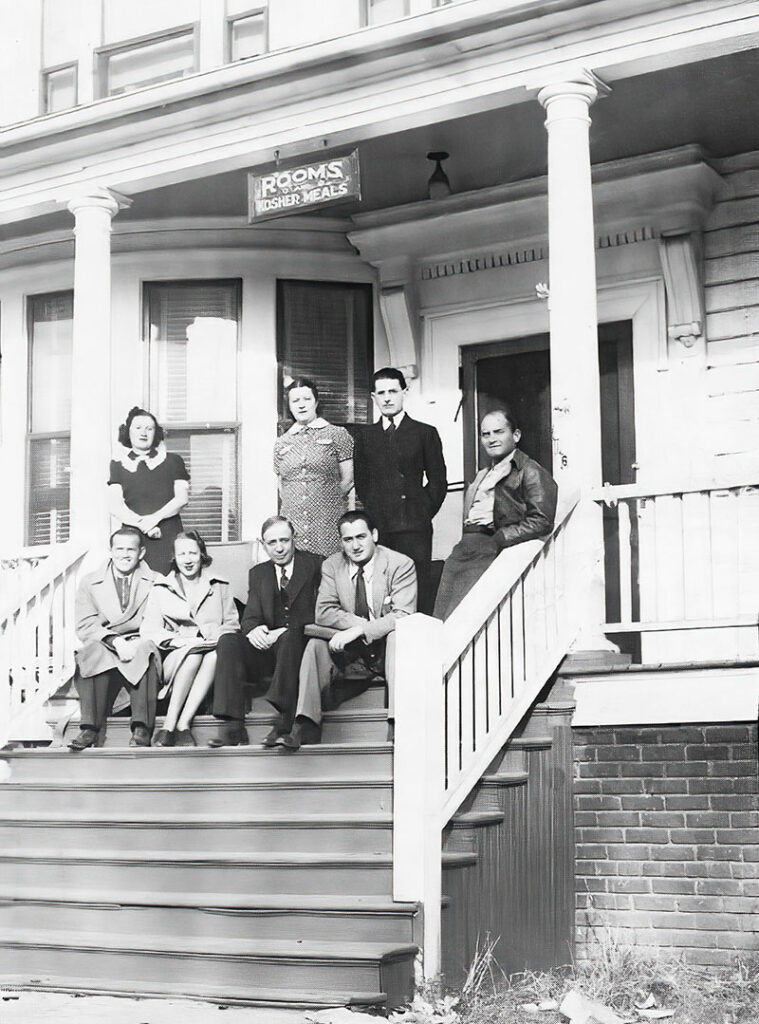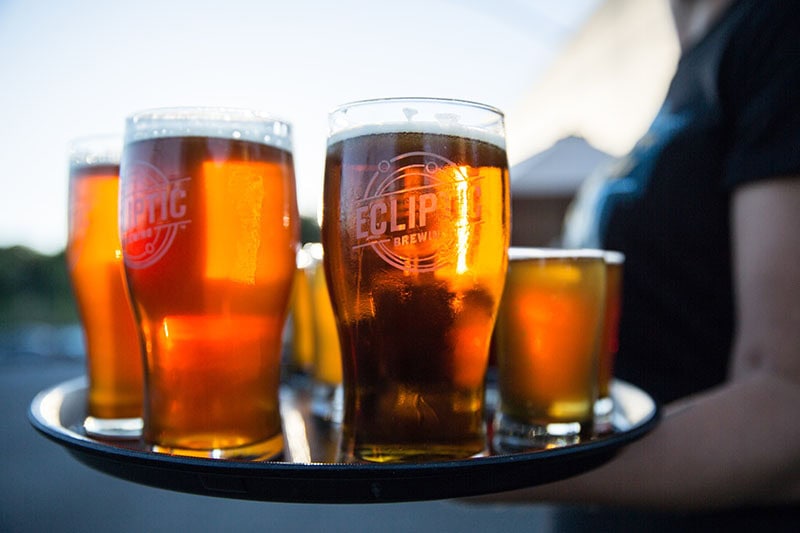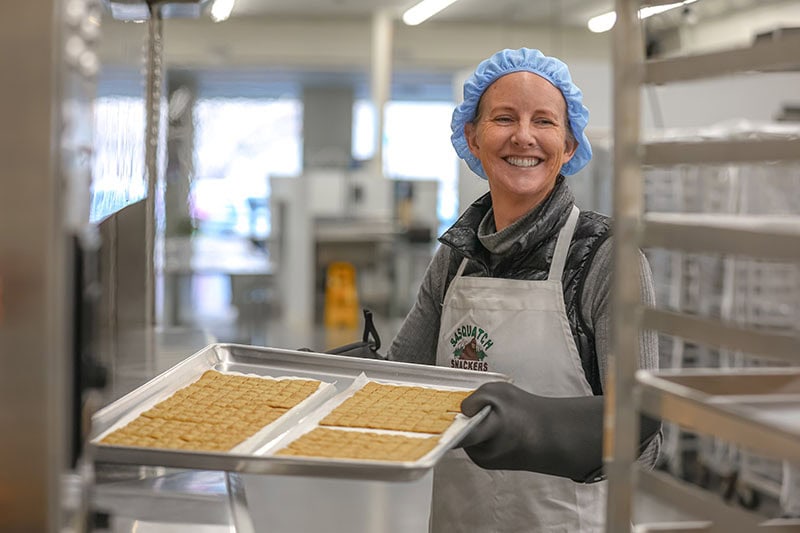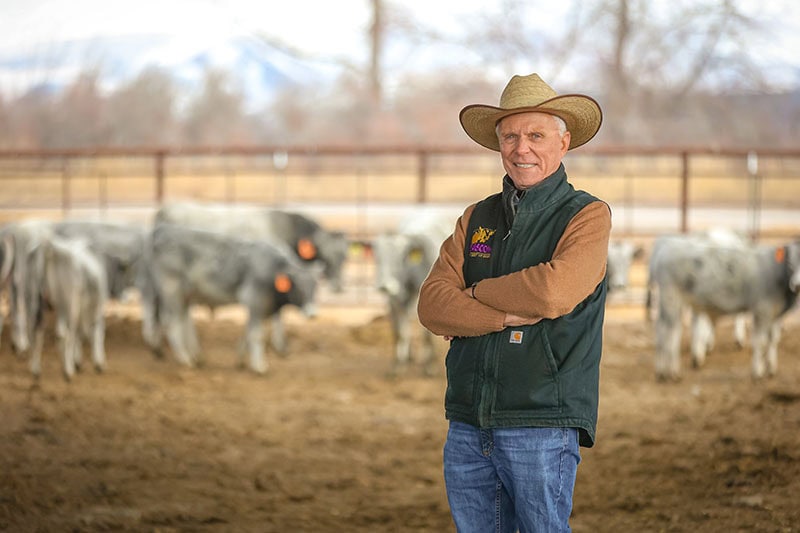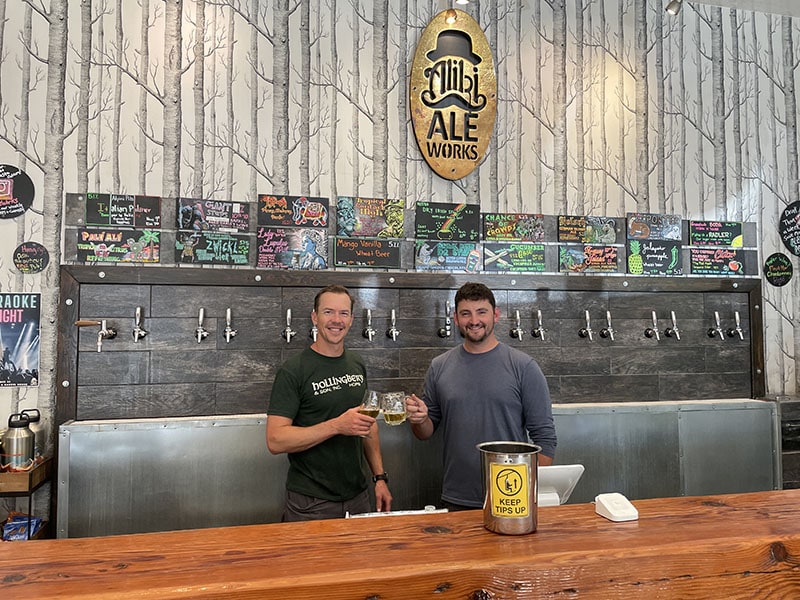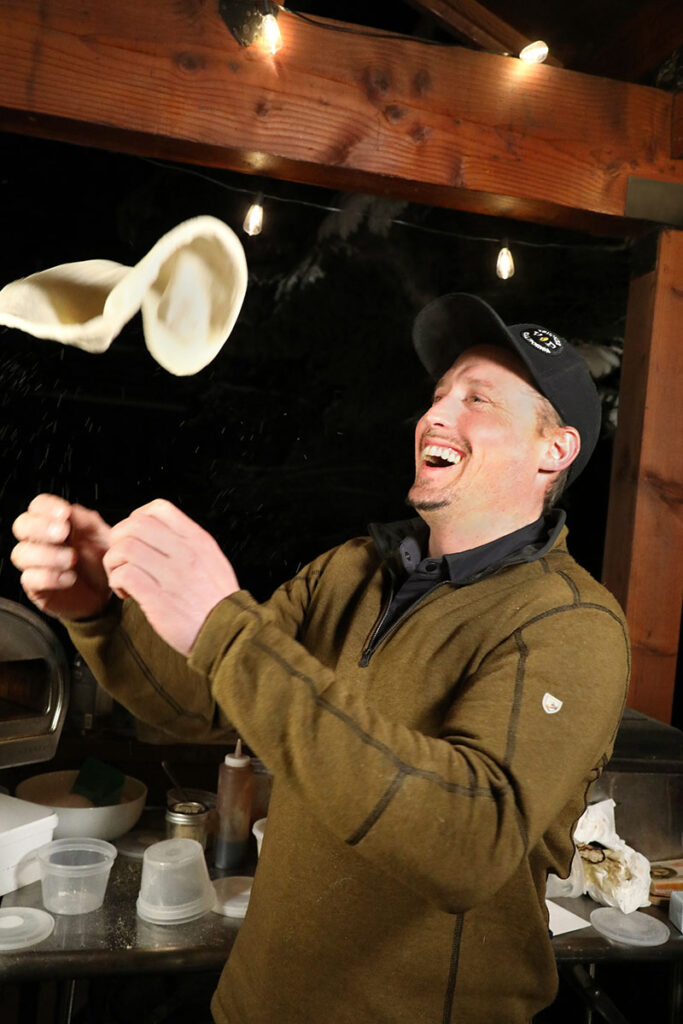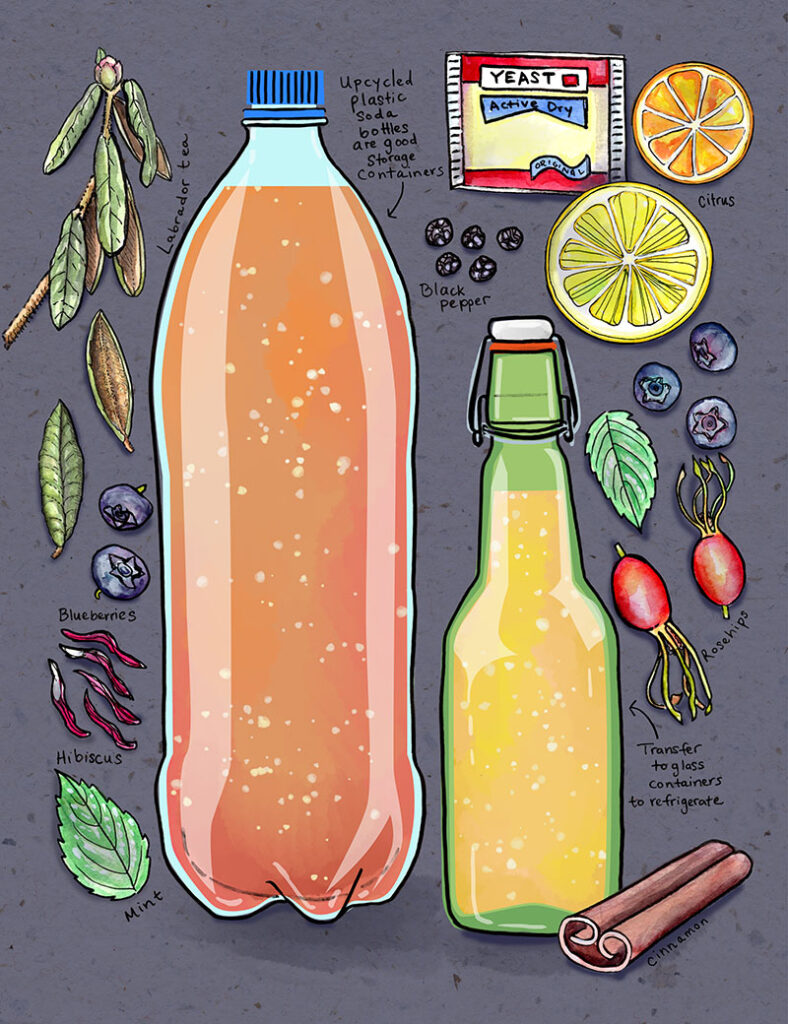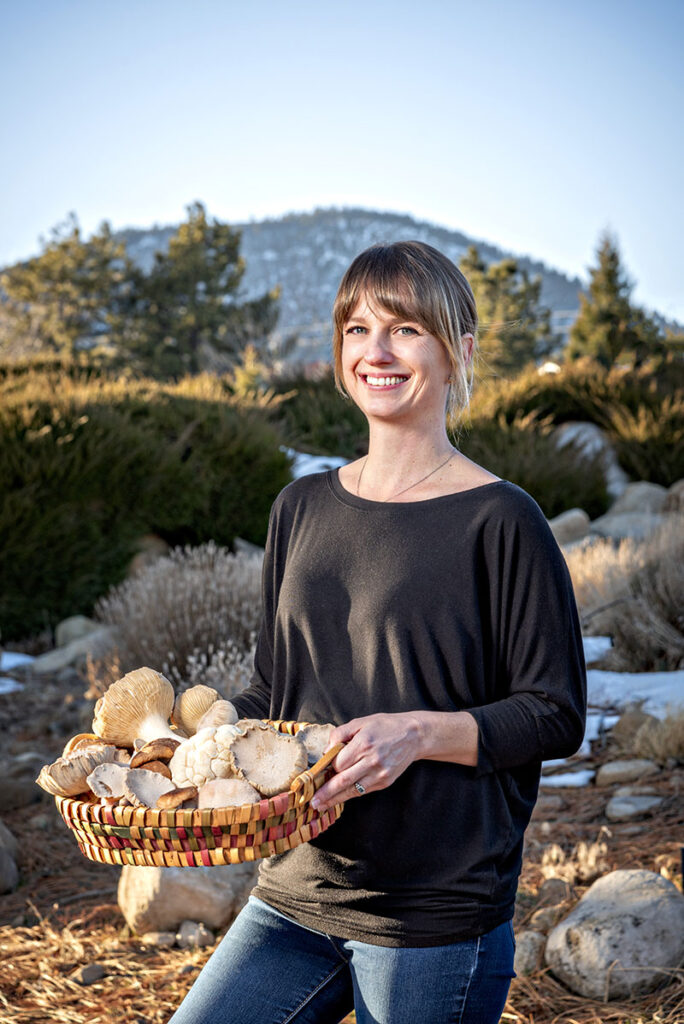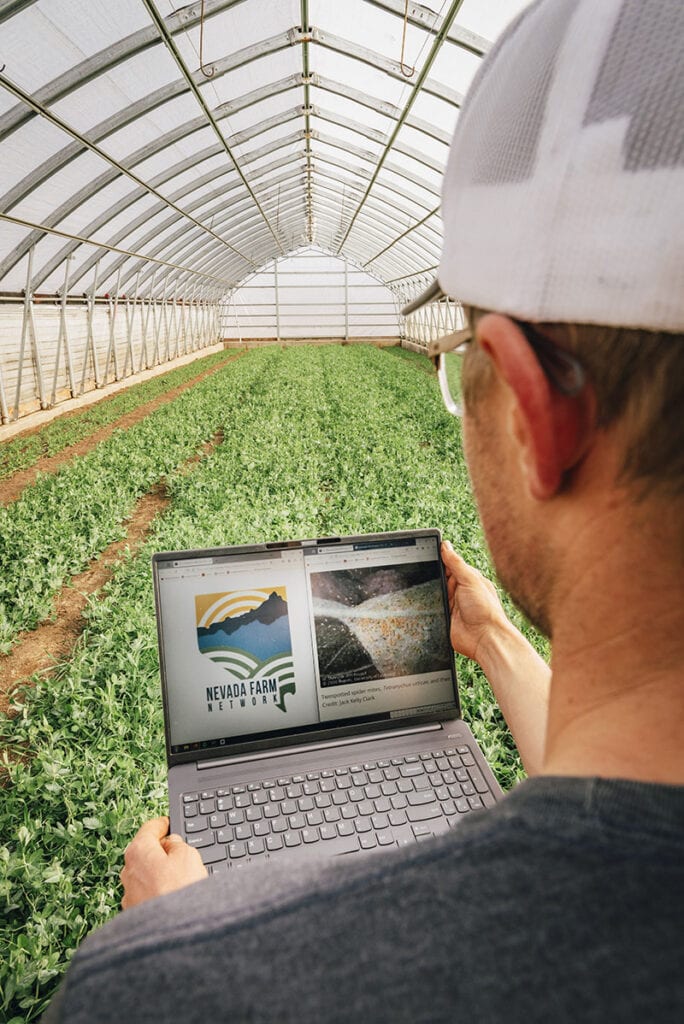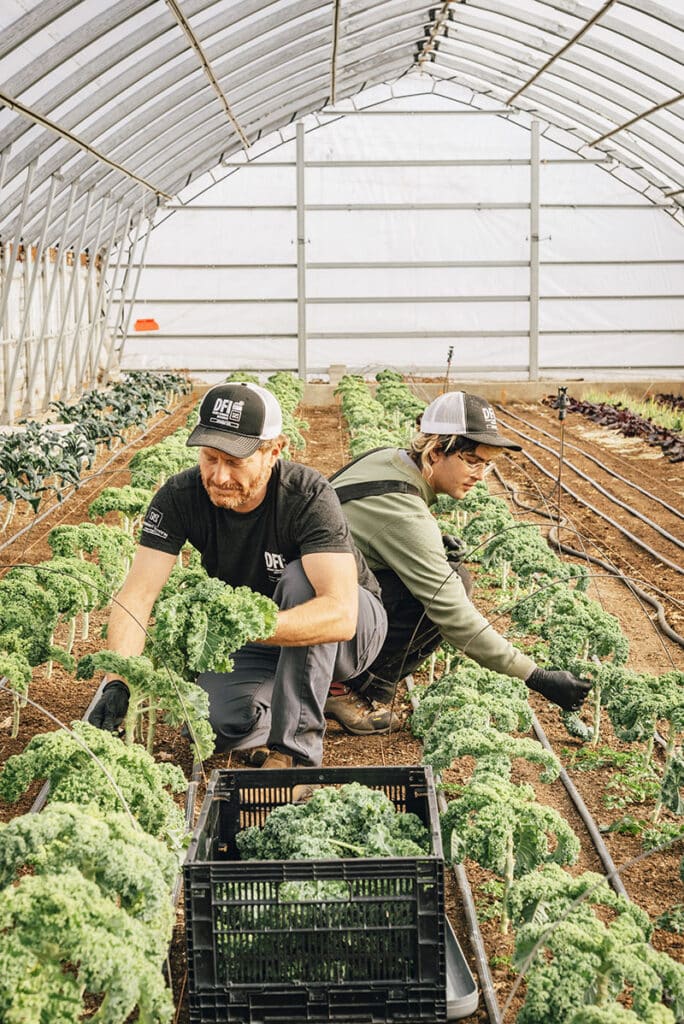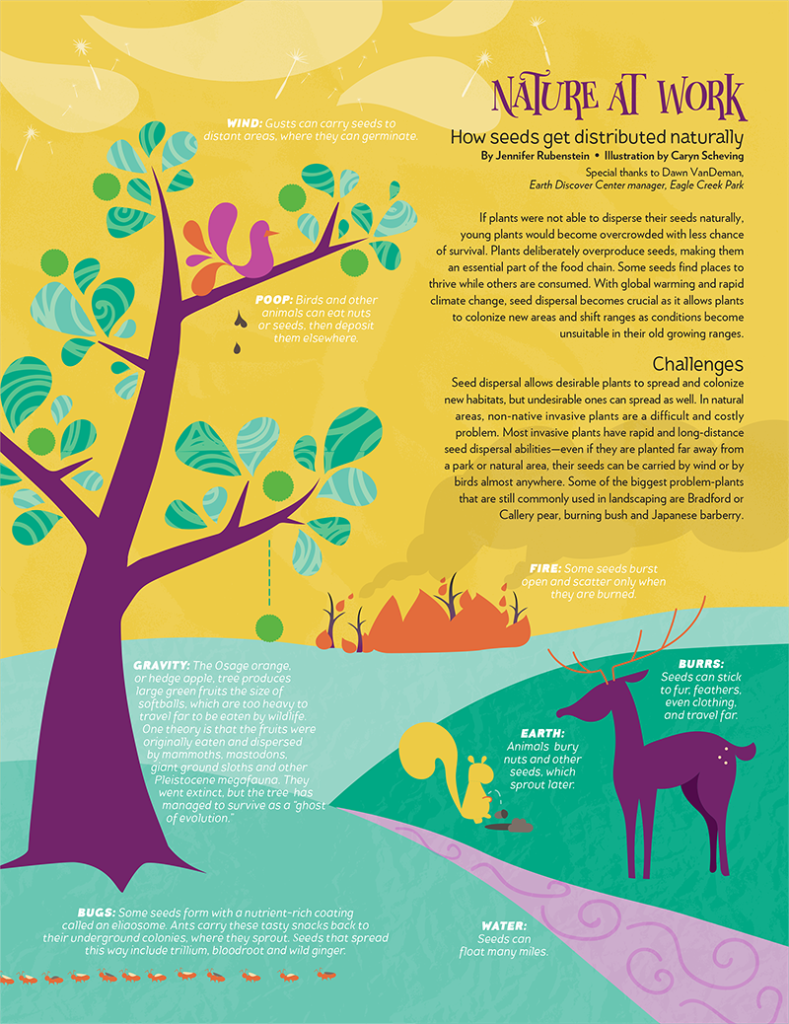From Boom to Bust
What happened to Nevada hemp farming?
Hemp. America’s founding fathers grew it. Ancient societies cultivated it for fiber, fuel, and food over millennia. Unlike marijuana, hemp’s tetrahydrocannabinol (THC)-heavy counterpart with mind-altering effects, hemp does not get you high but has bountiful industrial uses and is a highly regenerative plant.
Hemp also produces cannabidiol (CBD), a component purported to have medical benefits, as recognized by the recent United States Food and Drug Administration’s approval of an anti-seizure medication containing CBD. Products on retail shelves also boast CBD as an ingredient, selling $1.918 billion worth to American consumers in 2022.
Because both marijuana and hemp plants are part of the same species, Cannabis sativa, and naturally produce both CBD and THC, the two often are lumped together in the eyes of the law. Growing hemp has been illegal since 1970, when the Drug Enforcement Administration deemed the plant a Schedule I controlled substance.
In 2018, to the joy of farmers and entrepreneurs nationwide, the U.S. Department of Agriculture’s Farm Bill let the historic crop loose from its longstanding shackles of illegality, so long as the plants grown contained less than 0.3 percent THC.
Many advocates consider hemp a hero plant. Reaching maturity in about 100 days, hemp’s entire biomass is usable; it can be made into textiles, oil, biofuel, paper, concrete, and even food. In just a few months, hemp plants can grow to the size it takes many hardwood trees decades to reach, yet it burns just as well.

So why have Nevada hemp farmers’ numbers decreased so dramatically since the bill passed, dropping from 213 registered growers in 2019 to only six in 2023?
Somehow, in the midst of cultivating a crop that also has potential to become a Schedule I controlled substance, farmers’ confusion grew instead. While federally legal now, hemp has much regulatory oversight at both the state and national levels.
As Ashley Jeppson of All Points West Consulting and former administrator of the Hemp Program for the Nevada Department of Agriculture explains, “At this time FDA considers CBD a drug, and, if added as a food ingredient, it must be approved by the FDA or the product is considered adulterated. Medical/health claims also cannot be listed on any of these products without FDA approval, as comprehensive health research must be performed. This has limited market opportunities.”
At times, sifting through the governing acronyms and understanding what’s legal to grow, produce, and sell in the hemp realm requires mental gymnastics suitable for an Abbott and Costello routine: With Nevada hemp farming, who’s on first?
Hemp Versus Marijuana
When hemp was banned by the DEA, research on the plant’s positive possibilities as a natural resource once relished by our ancestors was essentially eradicated. But the Farm Bill resurrected hemp’s potential.
Nevada created a state hemp farming program in 2018, run by the NDA but regulated and monitored by the USDA.
To grow hemp, a farmer must purchase a permit, submit to a background check annually at their own expense, then submit an application to the NDA 30 days in advance stating their intent to harvest, so the organization can go test their plants for THC content. Hemp determined to contain more than 0.3 percent THC is considered a “hot crop.”
Unfortunately, at the mercy of sun and soil, hemp plants don’t understand the legalities placed upon them.
If it tests “hot,” meaning even one-tenth of one percent over the 0.3 percent limit, the farmer must burn the entire crop and could be out tens of thousands of dollars, not to mention the time invested. That has prompted many farmers to ask themselves, “Is it worth the risk?”
Hemp Hotspots
Farmers generally grow familiar crops and may understand, but have little involvement in, the crop’s usage and end products. For example, alfalfa farmers harvest knowing their part is complete; what they don’t use for their own operations they likely will send off for cattle feed or human consumption. Hemp is different.
Mark O’Farrell of Sierra Nevada Hemp Co. in Carson City began growing hemp for its value as a biofuel. He and fellow farmers were enticed into growing hemp by people proffering the unfamiliar seeds and making promises about financial abundance and a new form of regenerative agriculture.
Hundreds of farmers in Nevada began farming hemp when it became legal, planting nearly 5,000 acres by 2019. This created tremendous supply with little public demand, in part due to limitations placed on CBD marketing and people’s unfamiliarity with the plant after decades of it being banned. Also, certified hemp handlers, or processors, who could transform the plant for use in various mediums, were scarce.
With supply overreaching demand, the price of hemp as a commodity bottomed out.
Farmers cannot process — meaning alter its physical state at all — fully grown hemp without also applying for and purchasing a handler’s permit (and that’s if they even know what to do with the often-misunderstood plant). Ideally, farmers would sell their harvested hemp as they would alfalfa and simply begin planting the next crop.
NDA agriculturist Taylor Hollaway explains the oversight facing farmers beyond the NDA and USDA.
“Nevada hemp handlers are certified to conduct the initial agricultural processing of hemp — for example, grinding, trimming, decarboxylating, hulling seeds, bucking, etc. Local health jurisdictions, the Department of Health and Human Services, and the FDA are responsible for the regulation of the sale of end-consumer products; the NDA does not regulate these items.”
However, if a processor doesn’t purchase the harvested hemp from a farmer, and when farmers don’t have handling permits, the harvested hemp may sit idly in storage, even though hefty financial investments have been made to grow and harvest the crop.
In 2022, Nevada had 22 certified hemp handlers. Currently, for hemp to be cost-effective for farmers to grow, it’s helpful for them to also be marketers, researchers, and handlers.
“To date, there has not been enough margin from the farm-to-retail [business] to allow many mid-level processors, so the hemp producers who are surviving have vertically integrated their businesses,” says Joe Frey, co-owner of Western States Hemp in Fallon.
A vertical business might include a producer who also extracts the CBD, which currently is a primary use for hemp. Ed Alexander, who owns SoL Cannabis in Washoe City, says this is a capital-intensive endeavor. He believes there was an assumption among farmers that if hemp was legal to grow, facilities existed to process it, as with most other crops.
But there weren’t enough processors to keep up with the abundant supply, resulting in much of the industrial hemp that was grown being left to eventually rot in the fields.
“Farmers couldn’t send it across the country to have it processed because it doesn’t have enough value,” Alexander says. He adds that farmers also didn’t understand that the equipment they owned and used to harvest other crops could not be used to harvest hemp, due to its strong fibers and oil-heavy composition.
The early promise of financial abundance was not panning out.
Frey got into hemp because it was the underdog.
“It was what nobody else thought should even exist in this country, anyway,” Frey says. “Certain plants really amaze me, and hemp is one of those. It just has so many benefits for humans and animals, but it’s been ostracized since the 1920s and ’30s, and I just wanted to see it make a comeback. We can do better than the cotton that consumes mammoth amounts of water and chemicals.”
Then why is Nevada having such a hard time keeping this industry alive?
Western States Hemp co-owner Adrienne Snow says that, early on, while people in other states were allowed to create products from CBD grown and manufactured in that state, those in Nevada were not. But the state did permit products from other states, made using their states’ manufacturing processes, to be imported to and sold in Nevada … which wasn’t helpful to Nevada hemp farmers.
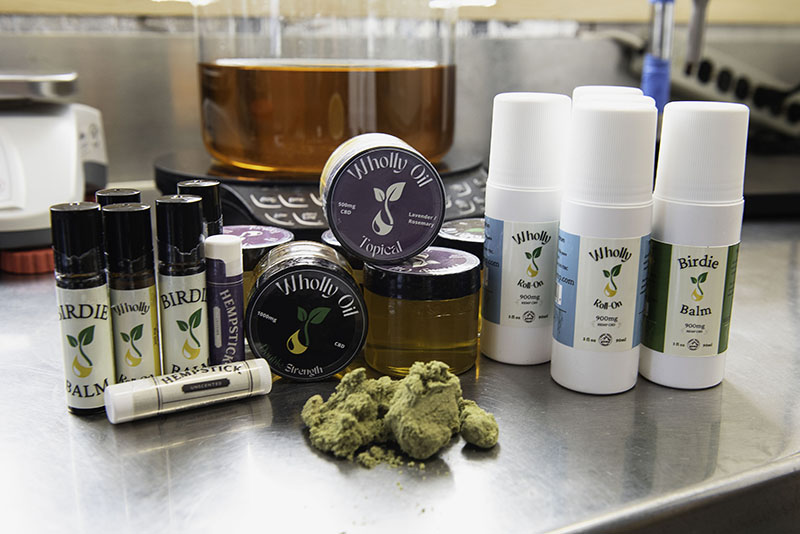
Ultrasound breaks the CBD into nanoparticles, which can easily and effectively be absorbed by humans, he says. Customers tout the products’ efficacy to him regularly, saying his CBD products have helped them ween off opioids and steroids.
Nevada law allows industrial hemp seed and CBD from approved companies to be used in foods, beverages, and dietary supplements. Products on the market containing CBD are legal as long as they don’t make health claims on their packaging.
Think of curcumin, which is found in turmeric and believed by many people to have medicinal benefits. Products can be sold with curcumin as an ingredient, but because it’s not FDA approved to be used medicinally, the product can’t claim that it offers specific health advantages if consumed.
However, there is an added wrinkle when it comes to adding CBD: The FDA states that “it is a prohibited act to introduce or deliver for introduction into interstate commerce any food (including any animal food or feed) to which THC or CBD has been added.”
Complicating matters is that with the bevy of CBD products now hitting the market, the FDA cannot oversee them all, so the impetus is on retailers and consumers to delve into where CBD products come from and how the hemp was grown and processed.
“You can grow it and turn it into CBD if you want, but technically anything you make is illegal,” O’Farrell says.
Several celebrities endorse CBD products in marketing campaigns, yet O’Farrell says when you look behind the curtain, the products are usually made with hemp imported from China.
Also, a black market exists in which crafty chemists can turn elements of hemp into synthetic marijuana, such as delta-9, which is why the regulatory agencies must be diligent in ensuring farmers and processors adhere to the laws.
Help for Hemp
Barriers to the industry’s growth in this country include uncertainty as to when or if the FDA will approve the use of CBD in food supplements. Federally, Cannabis sativa still is considered a Schedule I controlled substance by the DEA, though many states allow marijuana now.
Nevada’s hemp farmers face numerous challenges in growing this crop, which has been shown to use less water, improve soil health, and regenerate more quickly than many other agricultural options. Research is ramping up, and a groove will hopefully be found in terms of regulation that can be productive for all involved.
However, the landscape is new and constantly evolving. People are increasingly discovering that products created from hemp can be more environmentally sound than those made with other ingredients, as well as benefit the state economically.
When seeking CBD, look into where and how the hemp was grown. Was it grown organically and locally? Extracted with solvents? Is it full spectrum, meaning all the beneficial compounds that work in harmony together still reside in it?
Learn about the plant’s innumerable uses, and, when purchasing hemp or CBD products, support your local farmers by purchasing items produced within the state. If you believe in it, advocate for it.
RESOURCES
Sierra Nevada Hemp Co.
Sierranvhemp.com
SoL Cannabis
Solisbetter.com
Western States Hemp
Westernstateshemp.com

